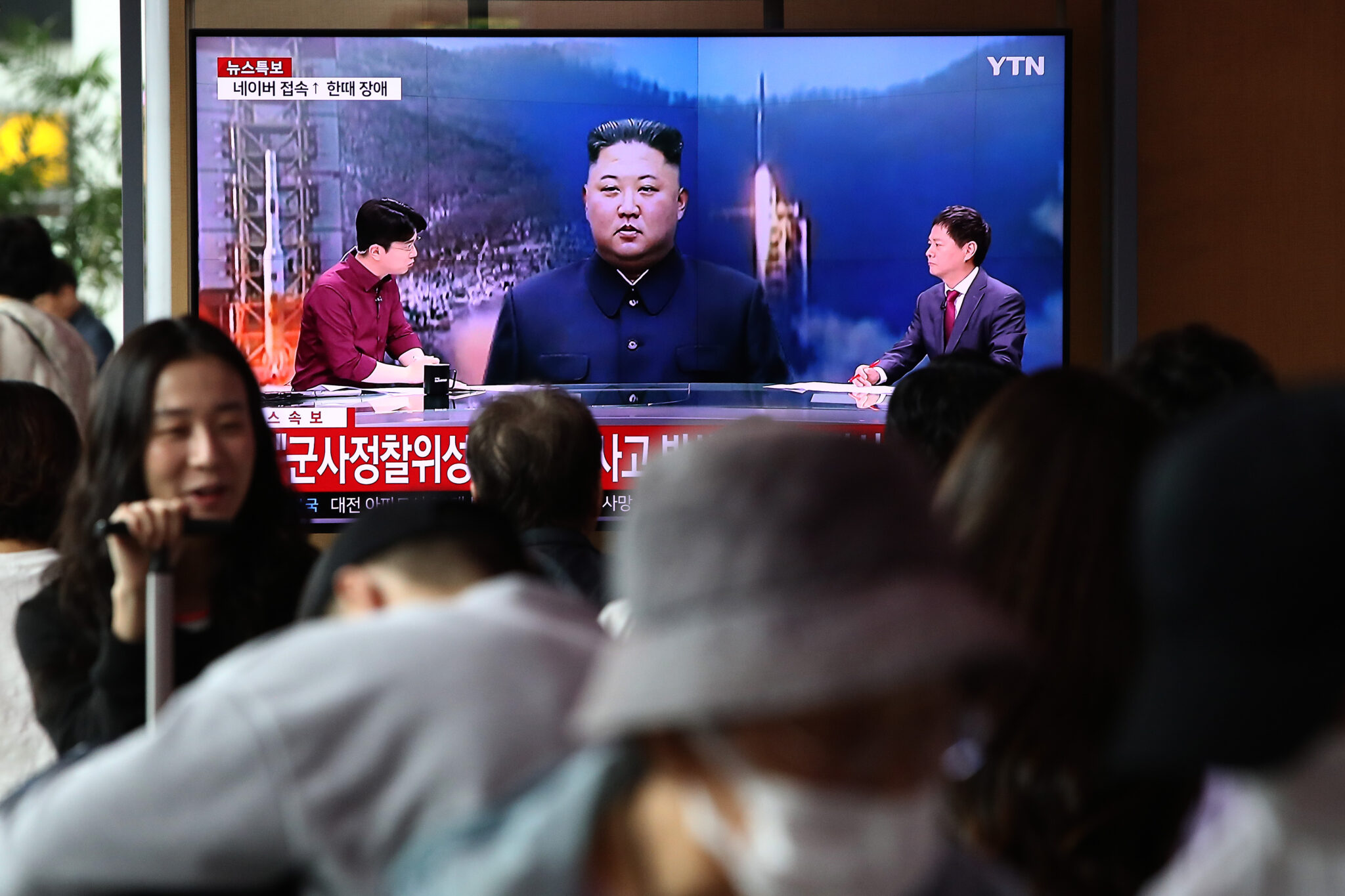[ad_1]
US national security advisor Jake Sullivan told the Atlantic Festival on 29 September, ‘The Middle East is quieter today than it has been in two decades’ (1). To him, the normalisation of relations between Israel and several Arab countries in recent years signalled a regional thaw.
Yet that same week, Israel’s security forces clashed at the Gaza border with Palestinians claiming the right of return to the lands of their forebears, echoing the 2018-19 Great March of Return protests where Israeli snipers gunned down 200 demonstrators. Quieter? Really? On 27 September, Tor Wennesland, the UN Special Coordinator (UNSCO) for the Middle East Peace Process, had reported to the UN Security Council on the continuing settlement of the West Bank and East Jerusalem in violation of international law. An assessment released in late August by several Israeli human rights organisations highlighted the ongoing violence in the occupied territories: since 1 January 220 Palestinians had been killed by Israeli soldiers or settlers (2). None of this seemed to disturb Sullivan. After all, as the saying goes in the Arab world, the Middle East situation only raises alarms when violence spills beyond Palestinians.
The scale of death and destruction in Gaza is unfathomable, and one wonders how this tiny territory can recover from such devastation
One week later, on 7 October, the situation was abruptly reversed. Operation Al-Aqsa Flood – codename for the surprise attack on Israel by various armed Palestinian organisations, under the aegis of Hamas and its military wing, Izz al-Din al-Qassam – plunged the region into turmoil. There could be no return to the previous week’s ‘normal’, given the number of Israeli victims (1,400 dead, the majority murdered civilians) and the profound shock to Israelis – many of whom blame Binyamin Netanyahu’s government for the disaster (see Israel unites, but for how long?) – and Tel Aviv’s drastic response: massive bombing backed by a ground offensive that had killed 8,000 Palestinians and injured thousands more as of 29 October.
Trying to understand does not mean justifying. Why would Hamas and its allies launch this attack, knowing that the retaliation would devastate the territory’s civilians? As researcher Sophie Pommier explains, Hamas presents its strategy primarily as a response to the blockade of Gaza since 2007 by Israel, along with Egypt (3). Another, associated, motive was invoked by the head of Hamas’s political bureau (4): the escalating policy of occupation and settlement building, the increasing incidents at the Al-Aqsa compound in Jerusalem, and the incessant provocations by Israel’s national security minister Itamar Ben-Gvir, who has toughened conditions for the approximately 6,000 Palestinians held in Israeli prisons.
Earlier in the year, on 26 February, an attack by Israeli settlers on the Palestinian village of Huwara in the West Bank had shaken Gazans, convincing many that Netanyahu’s far-right government had decided to expel part of the occupied territories’ population by force. Israeli finance minister Bezalel Smotrich had declared, ‘I think Huwara needs to be erased’. In contrast, Major-General Yehuda Fuchs, IDF commander in the West Bank, called the outrage a pogrom against the Palestinians. Apocalyptic discourse crescendoed on Palestinian social media, where a persistent rumour spread that Tel Aviv was preparing to send two million settlers to swamp the West Bank’s Palestinian population.
Hamas profits as PA falters
With its horrific attack, Hamas was claiming the role of standard bearer for the Palestinian resistance (5). The Palestinian Authority (PA) has for years been reduced to cooperating with the Israeli government on matters of security and law enforcement (see How Palestinians lost hope, in this issue). The PA’s decision to fire live bullets at Palestinian protestors in Ramallah and Jenin demanding that Mahmoud Abbas, 87, its unpopular president, step down, following the bombing of the Al-Ahli Arabi hospital in Gaza on 17 October, will without doubt increase Hamas’s political influence.
Hamas also claims to have shown the world that no amount of political talk can make the world forget the Palestinian question. But in recent years, normalisation between Israel and several Arab countries (the UAE, Bahrain, Morocco and Sudan) has done just that. It’s too soon to tell whether the new Gaza war spells the end of the 2020 Abraham accords, which facilitated this rapprochement steered by the Trump administration. And it would be premature to say that the discussions between Tel Aviv and Riyadh are completely dead (see Saudi-Israel talks on hold, in this issue). But one thing is certain: the process has suffered a severe blow. However little Arab regimes care about domestic public opinion, they cannot ignore the continuing appeal of the Palestinian cause, shown for instance by displays of solidarity by many players and supporters of teams from the Middle East and North Africa during the FIFA World Cup in Qatar (6).

Gaza under fire
In its post-attack propaganda, Hamas has sought to capitalise on what it presents as military victories: breaching Israel’s ‘hermetic’ security barrier in some 30 locations, striking and occupying strategic locations (the Erez border checkpoint and the headquarters of the IDF’s Gaza command) for several days, and capturing dozens of Israeli soldiers who were spirited away to Gaza as prisoners of war. While Western governments and media, including in France (see When France was a friend to the Palestinians, in this issue) have mostly focused on the violence against civilians, Hamas has been publicising its successful incursion deep into Israeli territory – something Lebanon’s Hizbullah has never managed. This nationalistic rhetoric hits home in an Arab world long resigned to the Israeli military’s crushing superiority, particularly its air power and cutting-edge, US-supplied equipment.
But Hamas will have to take responsibility for the many consequences of its attack. The scale of death and destruction in Gaza is unfathomable, and one wonders how this tiny territory – which has already endured six wars in 17 years – can recover from such devastation.
Meanwhile, with the world’s eyes on Gaza, settlement building has resumed with a vengeance in the West Bank. Day after day, settlers run riot under Israeli army protection, intent on terrorising a population left to fend for itself (7). Rural Bedouin villages have been hit especially hard. Between 7 and 17 October, the IDF killed 58 Palestinians, while hundreds were imprisoned.
Above all, Hamas will have to answer for its massacres of unarmed Israeli civilians, including 260 young people attending a rave in the desert near Gaza, and for the murders at the Kfar Aza kibbutz (see Daily invisible terror, in this issue). These atrocities – which are war crimes – have also shocked supporters of the Palestinian cause worldwide and horrified much of the peace movement in Israel. Like the taking of civilian hostages, these actions violate the law of war and inevitably provoke questions about the political future of Hamas and its possible role in peace talks. Who in Israel, even on the left, would now agree to negotiate with them?
Just how far will Israel go to exact revenge? Several of its leaders have called for Hamas to be wiped out – clearly not possible – or at least eradicated from Gaza. It seems Israel has chosen the second option. With its demands that civilians evacuate to the enclave’s southern end, Israel appeared to be laying the groundwork for their permanent expulsion into the Egyptian Sinai. Egypt, however, refuses to have Palestinian refugee camps on its soil and the US administration seems opposed to any such displacement, effectively a new nakba (catastrophe).

An unequal death toll
‘We mustn’t stop at mowing the grass, (8)’ many enraged Israelis wrote on X (formerly Twitter). They feel that Israel should not limit itself to following the script of prior wars, where military response has been followed by negotiation via Qatar and Egypt and a return to the fragile status quo, with Hamas continuing to run the territory until the next flareup. Declarations by members of Netanyahu’s government and by military leaders suggest that they plan to ‘reconfigure Gaza’ and then pass the baton to a new leader.
But which one? Who knows? At this juncture, neither Egypt nor the PA seem equipped to play such a role. Netanyahu, meanwhile, will – if he keeps his job and if Hamas is significantly weakened – have to find himself an equally useful substitute enemy that allows him to frame in religious terms what is really a war of national liberation. The prime minister did, after all, tell his Likud party’s MKs in March 2019 that ‘anyone who wants to thwart the establishment of a Palestinian state has to support [our policy of] bolstering Hamas and transferring money to Hamas … This is part of our strategy – to isolate the Palestinians in Gaza from the Palestinians in the West Bank’ (9). That is, unless this war – eventually – leads to some form of peace initiative like the Madrid Conference of 1991. That was one of the rare moments when the US forced Israel to the negotiating table. Is it now just a distant dream?
[ad_2]
Source link


























